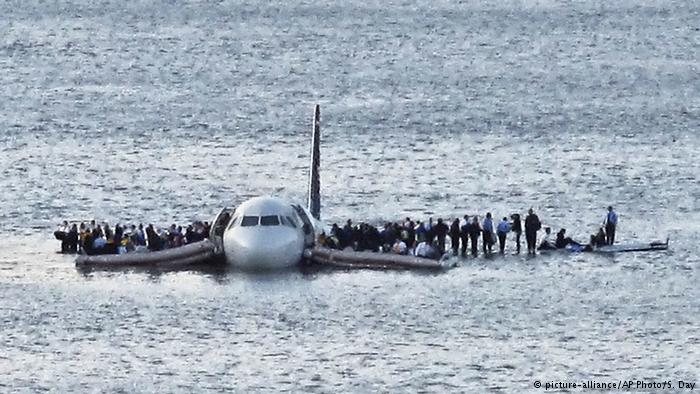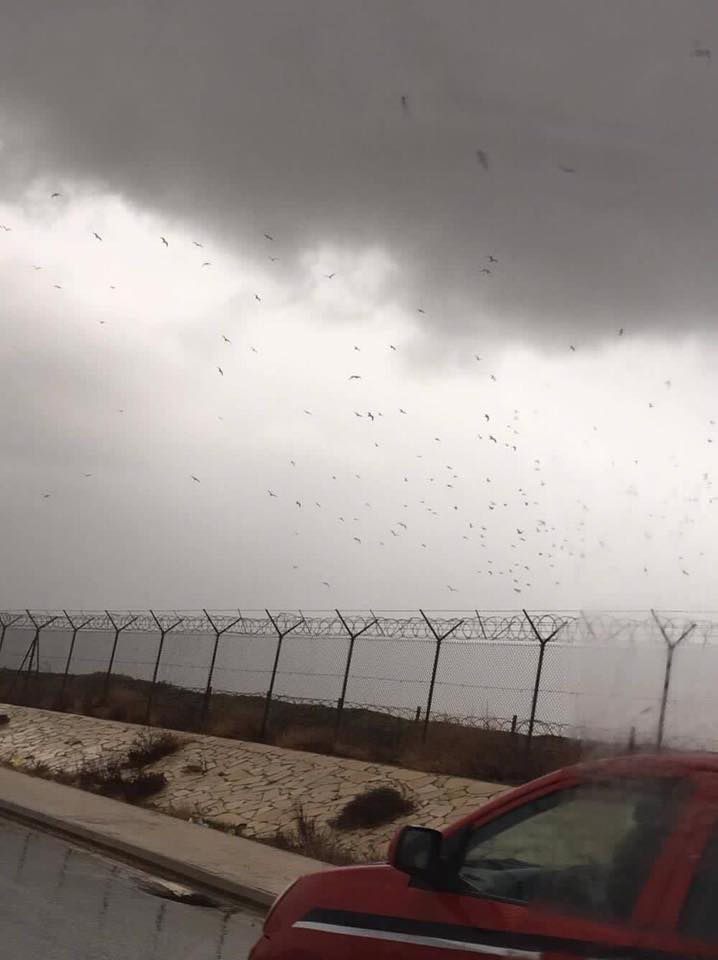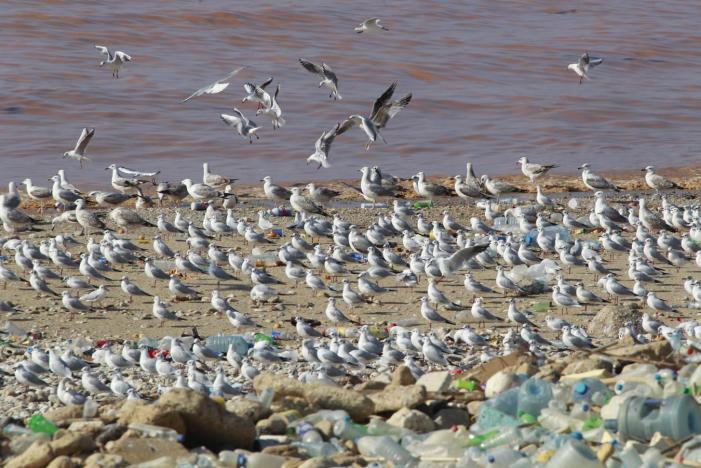The threat of bird-strikes in and around Beirut airport is not recent; it’s an issue that’s been raised time and time again by the media, environmentalists, and concerned citizens since a landfill was built next to Beirut International Airport –the country’s only port of aerial entry for passengers- as one of two landfills for the nation’s seemingly incessant waste crisis. But the newly found panic, as exhibited on social media platforms in the past few days comes after recent reports emerged on the worsening situation. According to one such report by LBCI, journalist Edmond Sassine inspects the area, and what he finds is not only disappointing but highly alarming [watch full report here].
For an update on this story, click here.
What measures have been taken by @IATA to prevent a real bloody catastrophe from happening in #Beirut Airport, #Lebanon?@iata2press pic.twitter.com/YvoXmMlCC5
— Adham Hassanieh أدهم الحسنية (@AdhamMG) January 10, 2017
Bird populations –seagulls to be specific- that feed off the landfill have increased. The sonic repellers, installed by authorities to ward them off are no longer effective, as the birds have acclimated to them. Seagulls can be seen hovering in larger numbers than previously documented over both Beirut International Airport and the neighboring Costa Brava landfill throughout the entire report. The cause? Organic waste found at the landfill -a source of food for the aerial animals- and the polluted nearby Ghadir river.

Although bird strikes are not a primary cause of fatal plane crashes, they pose serious safety and economic concerns. Overall, 219 people traveling by airplane have been killed worldwide as a result of bird strikes since 1988, according to Boeing. The most disastrous case occurred in 1960, when a Lockheed L-188 Electra, flying from Boston as Eastern Air Lines Flight 375, collided with a flock of starlings during take-off, damaging all four engines. The aircraft then crashed into Boston harbor killing 62 passengers. The 2009 famous Hudson River incident, popularized in the 2016 Hollywood biopic of Captain Chesley “Sully” Sullenberger, is another famous case. The US Airways Flight 1549 from LaGuardia to Charlotte/Douglas International Airport was forced to land in the Hudson River after colliding with a flock of geese, which caused its engine to fail. All 150 passengers and 5 crew members luckily survived after the heroic water landing.

Economically speaking, damage to aircrafts caused by birds is estimated at billions of dollars, leading many airports to beef up animal control measures.

Seagulls account for 77% of accidents, according to the International Bird Strike Committee – and we have plenty of those near the airport. While most modern airliners are built to withstand the dangers posed by bird-strikes, airports around the world take the threat seriously and employ a number of techniques to ward them off.

Noise makers alone just won’t cut it
As previously mentioned, bird-strikes are fairly common, and airplanes are designed to withstand most of them, but this doesn’t mean that the issue should be taken lightly. Setting up a landfill beside an airport –one that is attracting many animals- isn’t just a shortsighted and counter intuitive decision on the part of the former government, it’s one that invites tragedy at worst (as many now believe), and possible economic losses.
Apart from not constructing landfills beside runways (obviously), airports around the world have increased their efforts to ensure all birds and other animals keep their distance.
Sea-Tac Airport, for example, uses a 3D avian radar that can detect birds that are on or near the runway, as well as noise-makers. They also use traps. So it’s the combination of various techniques that help keep their runways animal free. [watch report here]

In 2008, the Lebanese government issued a law that prohibits pigeon keeping within close proximity of the Beirut International Airport with fines reaching up to 3 million Lebanese Liras in case of breach. This law was issued for safety reasons pertaining to civil aviation. In 2016, The Lebanese government made the decision to set up the sea-side Costa Brava landfill – which now poses a grave threat to civil aviation, as well as to the health of nearby residents and the environment.
Ultimately, prevention is better than a cure: not having a landfill next to an airport is ideal, but until that actually becomes an option, perhaps those responsible should seriously look into revising their bird repelling methodology, before it’s too late.
On a final note, this is what happens when a bird damages an engine. This video was shot by a friend, fellow tech blogger Moophz, who was travelling from Beirut to Reykjavík on board a Lufthansa flight. Please note, the incident, which happened in March 2015 -well before the Costa Brava landfill was set up- suggests the area is already prone to bird strikes.


